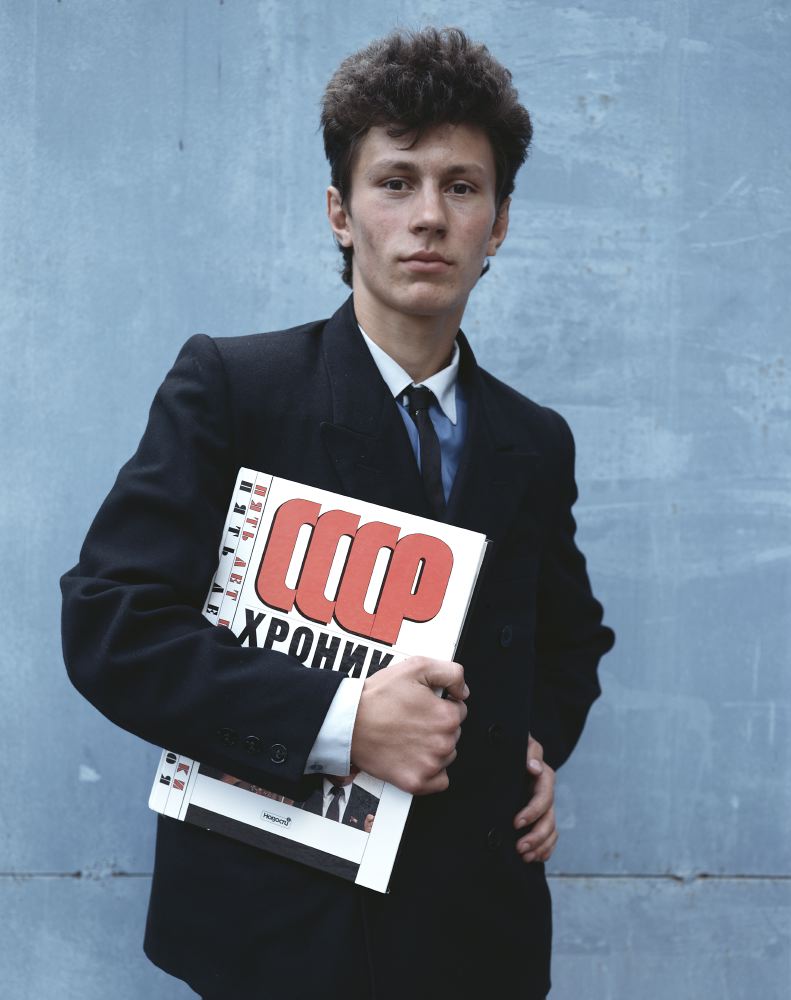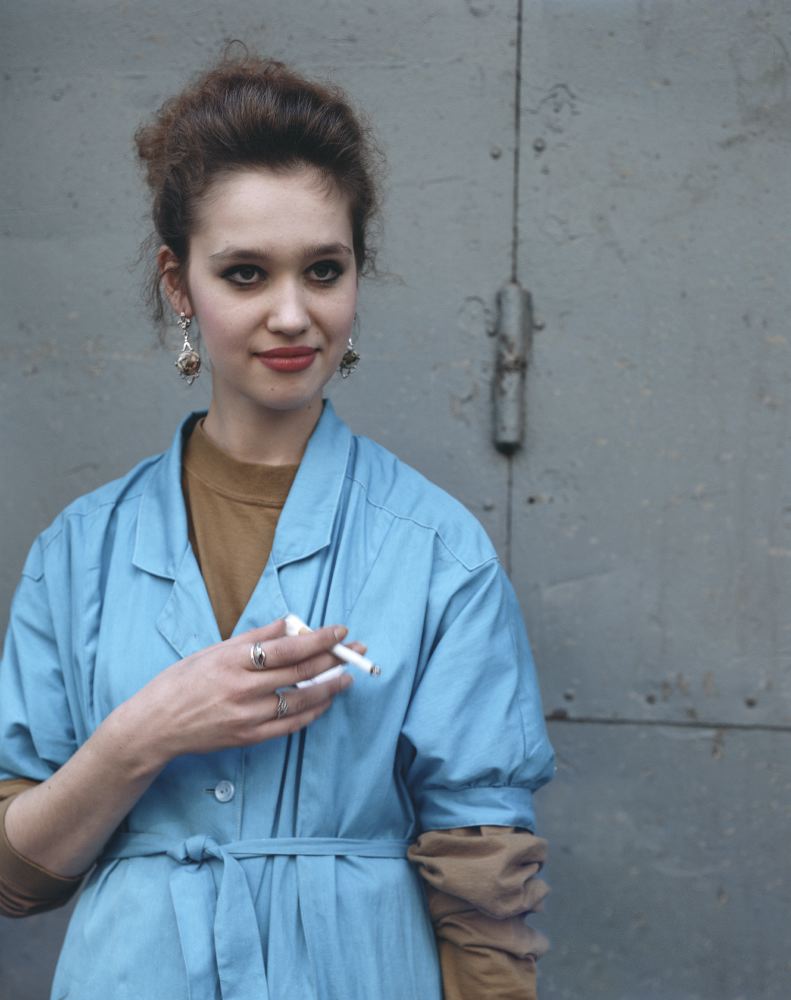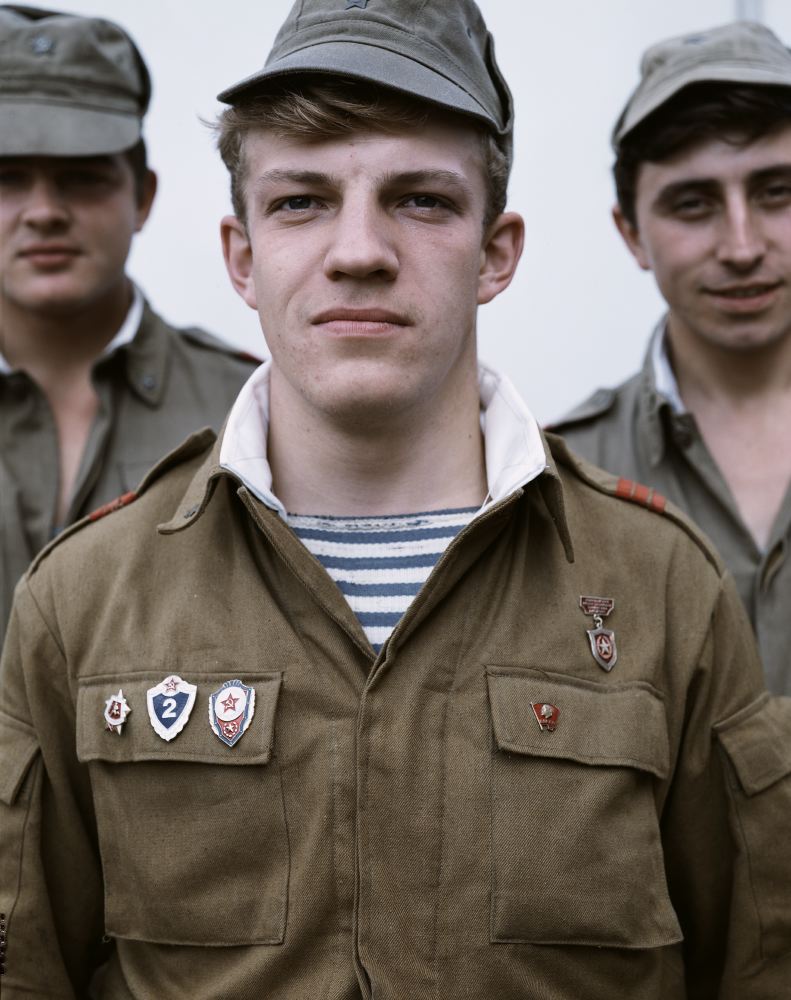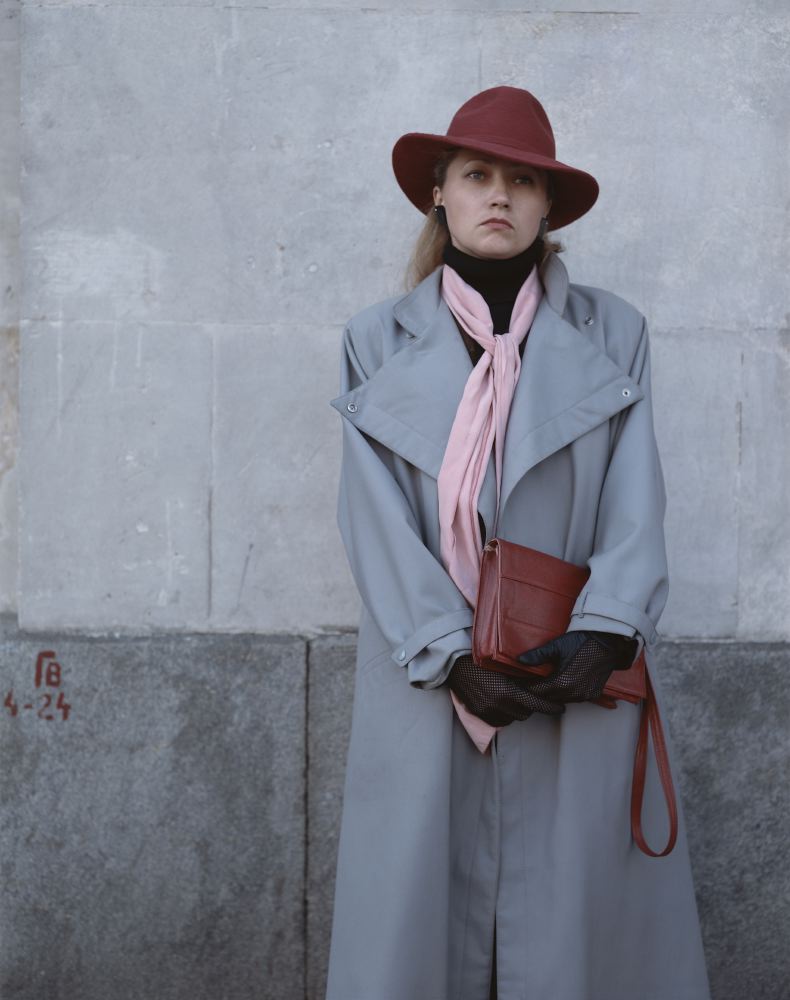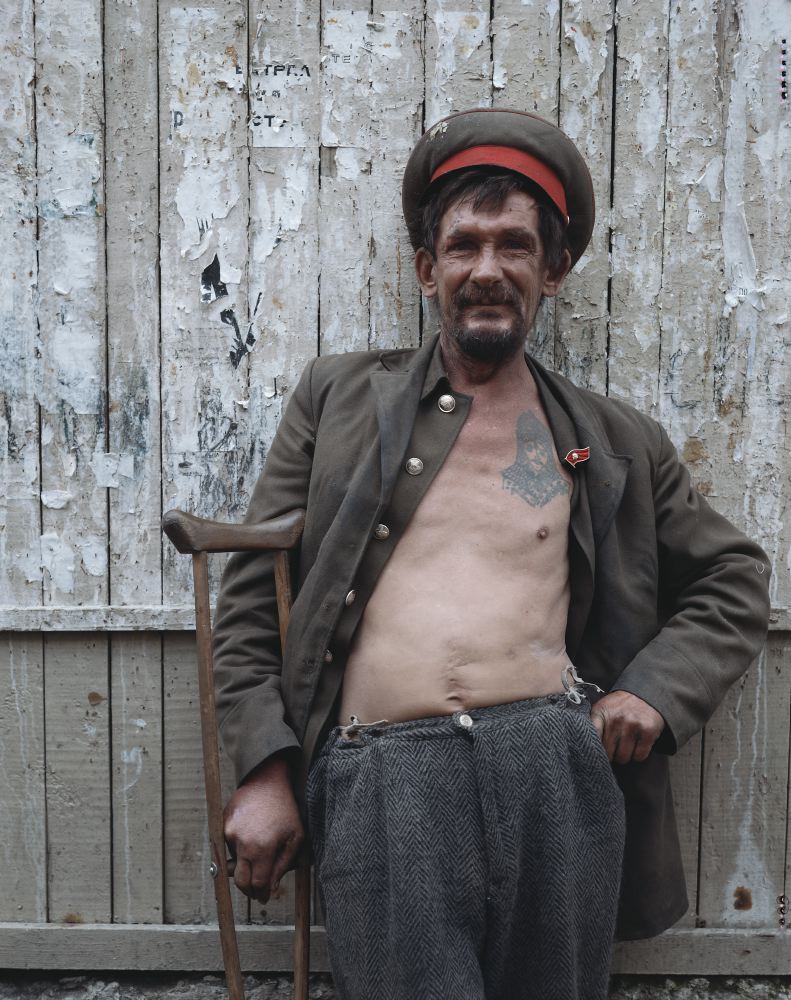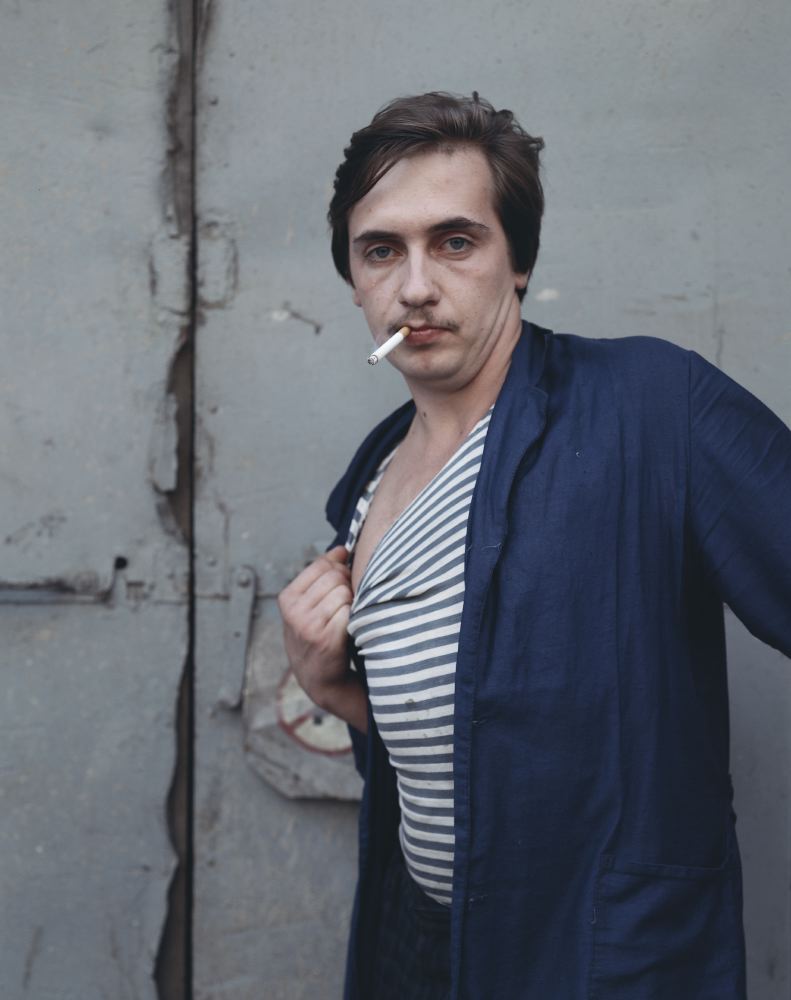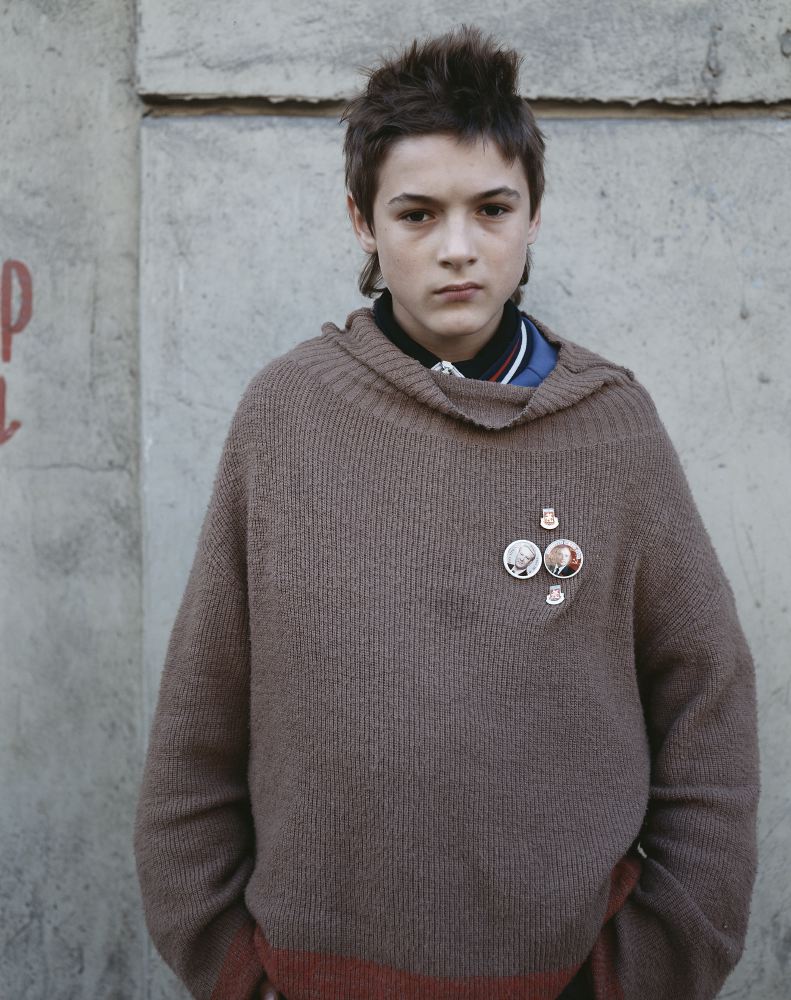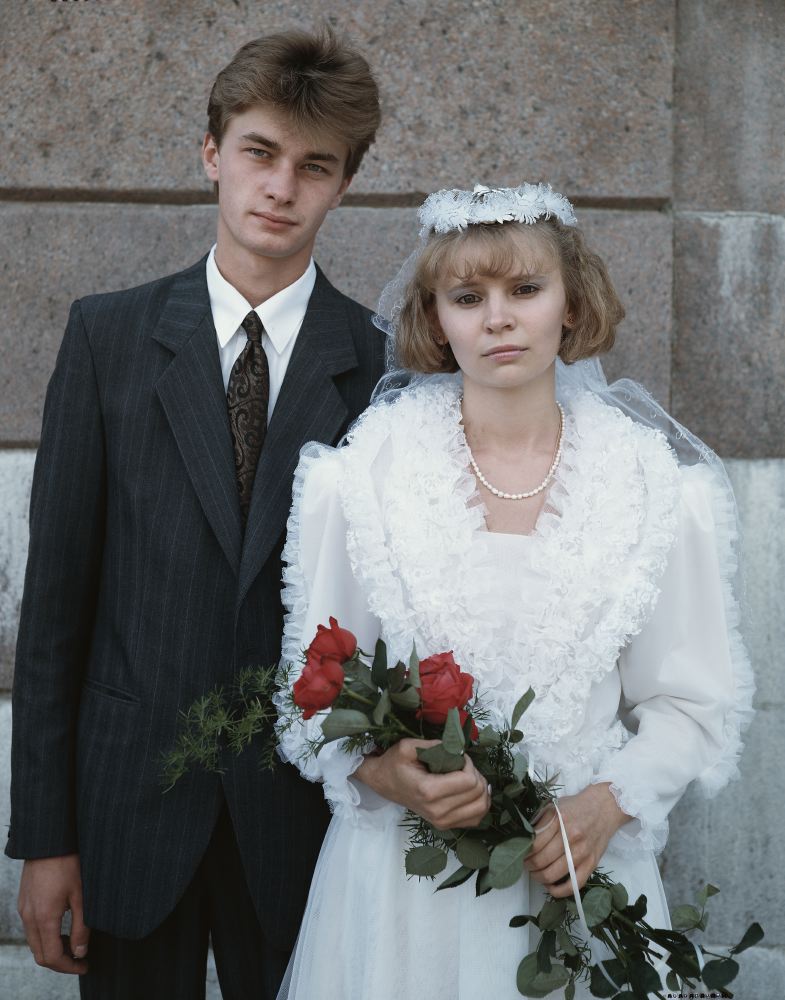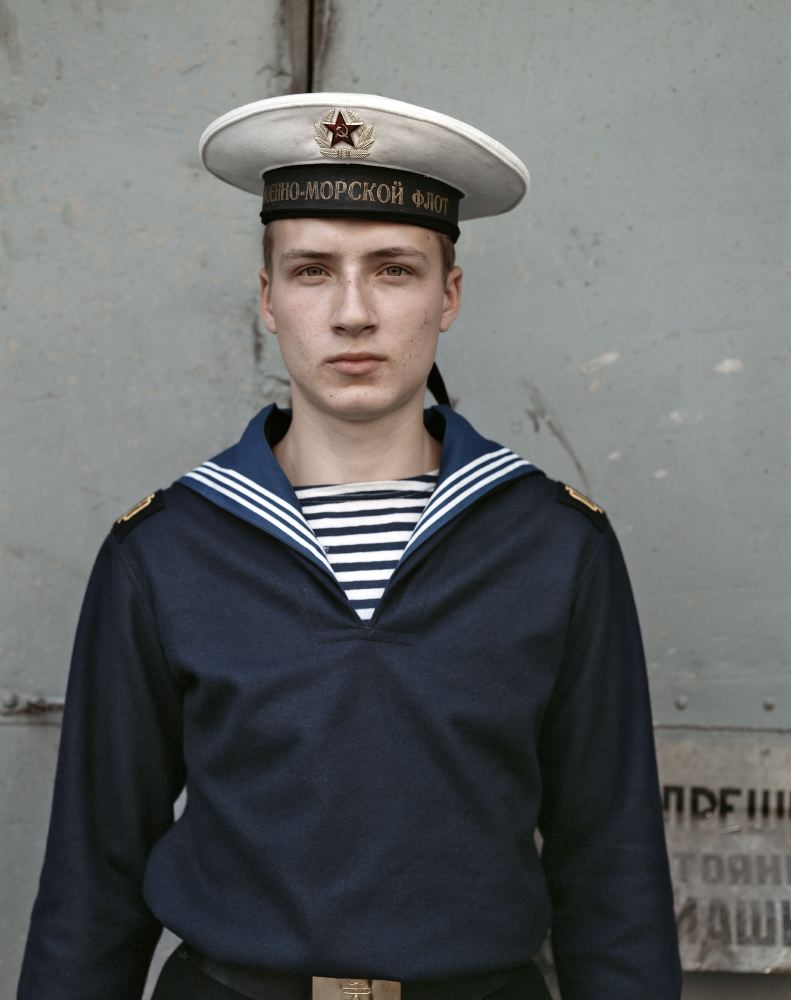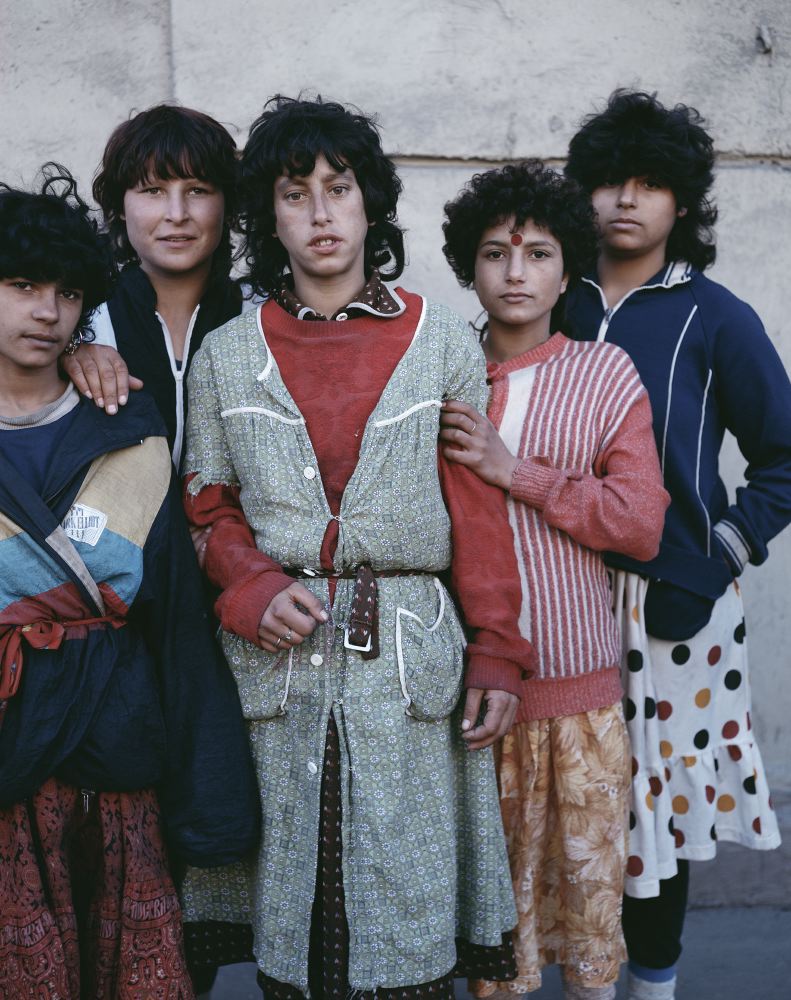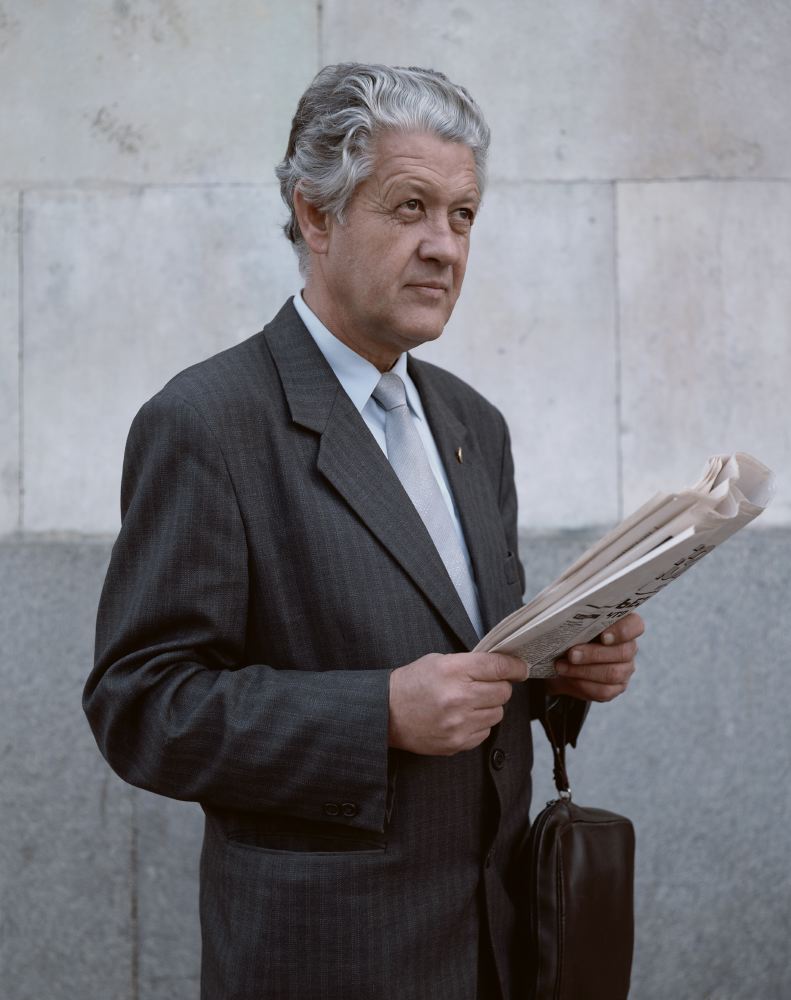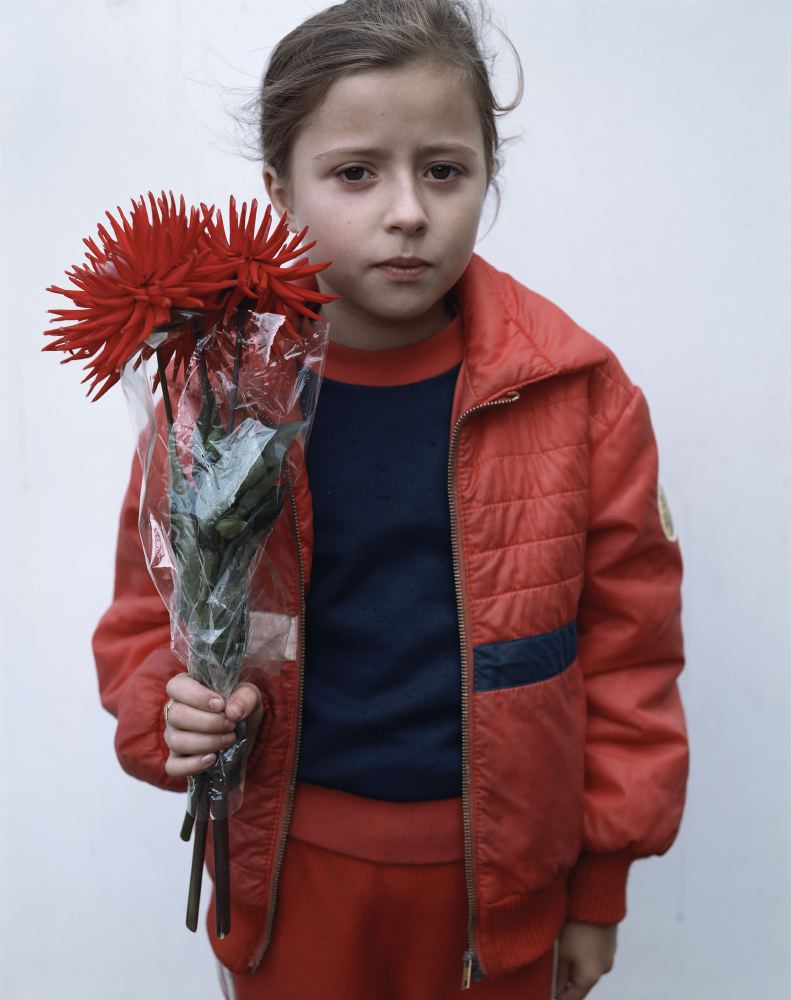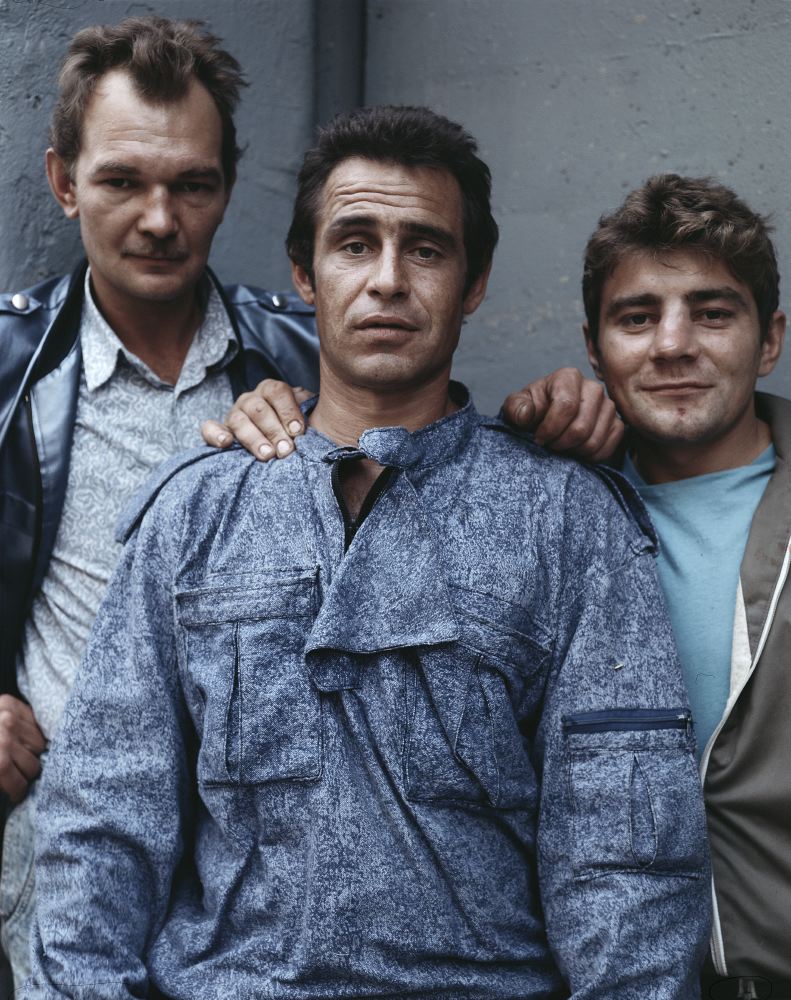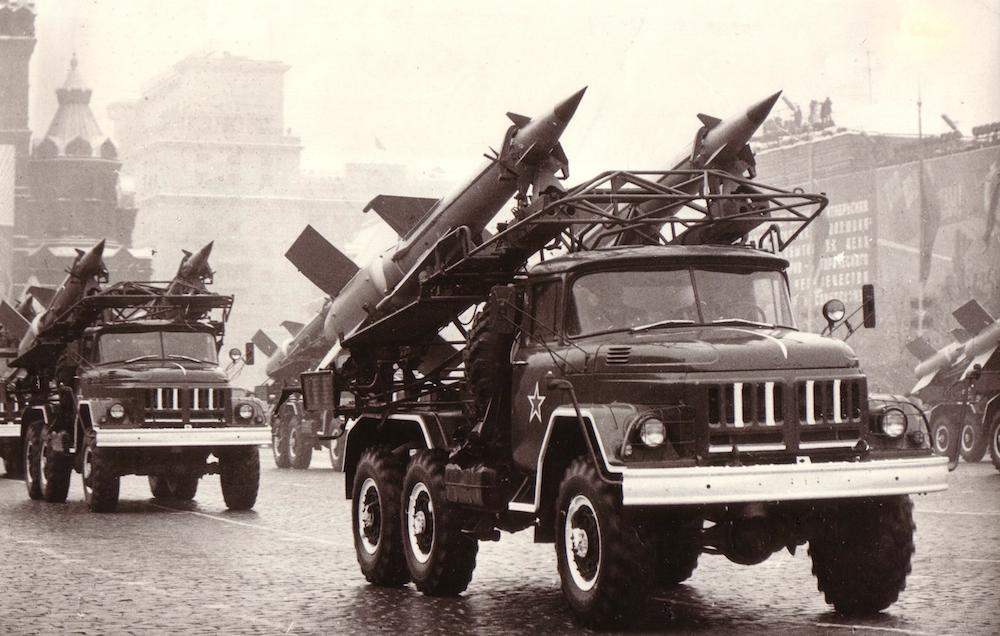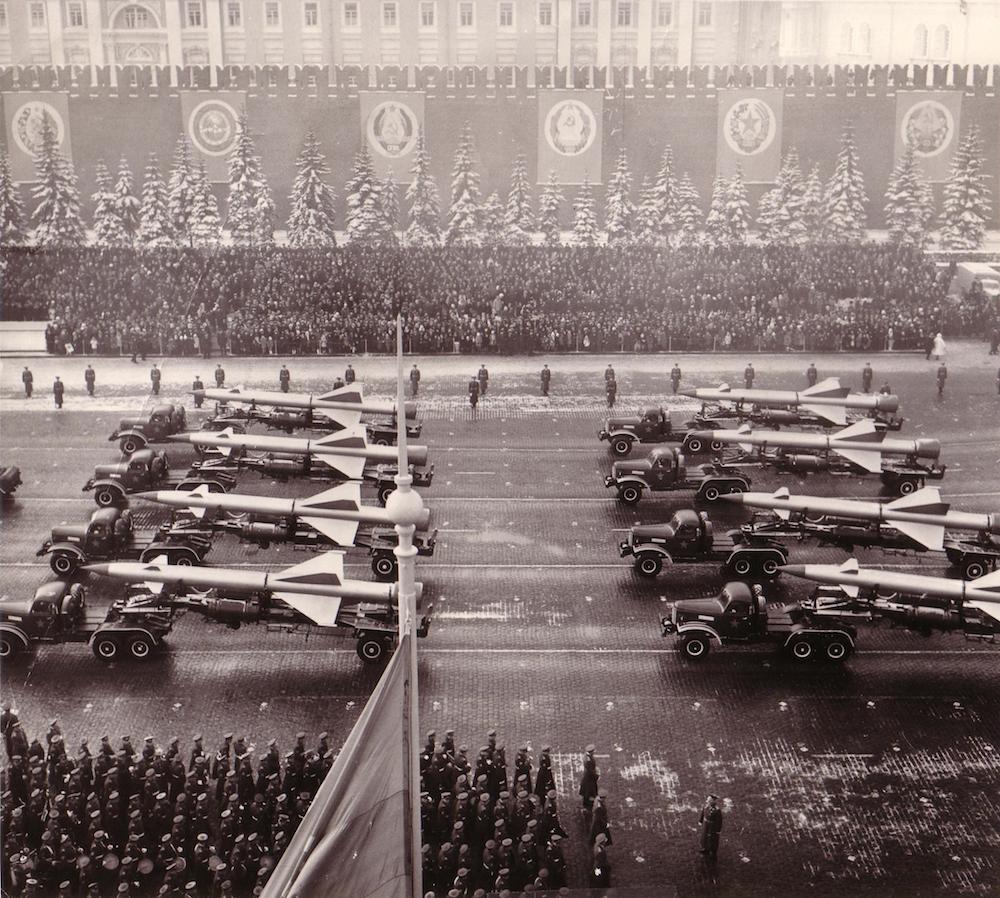Moscow, 1991: portraits from the edge of change
Cold War RevisitedIn The Moscow Project, Alessandro Albert and Paolo Verzone have produced a fascinating report on the changing face of the post-Soviet city. The pair visited the capital three times, in 1991, 2001 and 2011, taking more than a hundred portraits on each occasion. Their first visit took place in September 1991, two weeks after the August coup d’état that contributed to the USSR’s collapse.
“Equipped with a sign explaining in Russian that would we were looking for people to pose for us, we sought out pedestrians between 10 am and 5 pm,” the photographers recall.
“Stationing our large format, 4x5-inch folding camera at strategic locations bearing political or cultural significance, we moved each day to cover a new neighborhood or demographic.”
They took 180 portraits spanning ages, professions, nationalities and interests.
The original notion of the series was to use the camera as a time machine:
Today a flick through those portraits immediately takes us back to a Moscow which turned overnight from Soviet to post-Soviet.
We see the city through the eyes of its inhabitants:
A kid with a Yeltsin badge on his baggy sweater,
A newly married couple,
A navy cadet,
A group of Roma people.
Over 20 years later, the subjects must have completely changed,
But in the photos they are still looking into the uncertain yet hopeful future.
